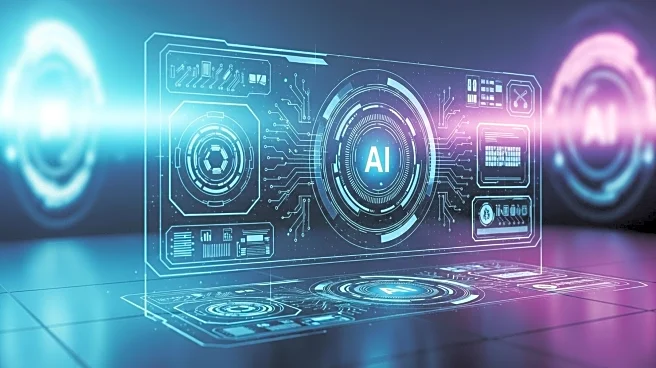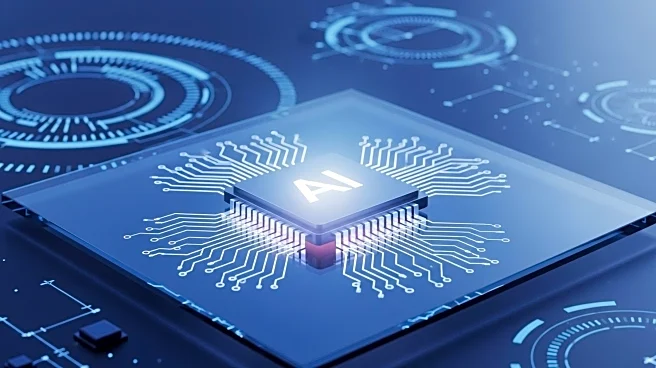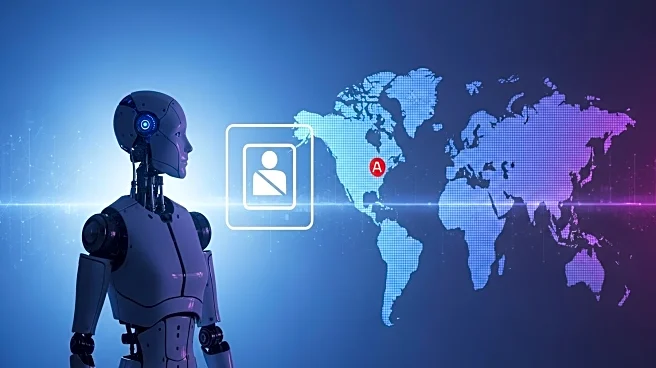What's Happening?
Generative AI, a subset of artificial intelligence, is increasingly being adopted across various industries for its ability to create new content such as text, images, audio, and video. Unlike traditional AI systems that analyze or categorize data, generative AI models can produce original material resembling the data they were trained on. Key applications include text generation, image creation, audio synthesis, and software development. Businesses are leveraging these technologies to enhance productivity and creativity, with text applications being the most popular, accounting for 40.8% of generative AI tool adoption.
Why It's Important?
The adoption of generative AI is significant as it offers transformative potential across industries, enhancing efficiency and creativity. For businesses, it means faster content creation and improved customer engagement. In technology, it enables the development of sophisticated models that can automate complex tasks, thereby reducing operational costs and increasing innovation. However, challenges such as copyright issues and biases in training data need to be addressed to fully realize its benefits.
What's Next?
As generative AI continues to evolve, businesses are expected to integrate these tools more deeply into their operations, potentially leading to new business models and revenue streams. The focus will likely be on refining AI models to mitigate biases and improve accuracy. Additionally, regulatory frameworks may develop to address ethical concerns and ensure responsible use of AI technologies.
Beyond the Headlines
Generative AI's ability to produce human-like content raises ethical and legal questions, particularly around intellectual property and the authenticity of generated content. As AI tools become more sophisticated, there is a need for transparency in how these models operate and the data they use. Long-term, generative AI could redefine creative industries, offering new ways for artists and creators to produce work.











